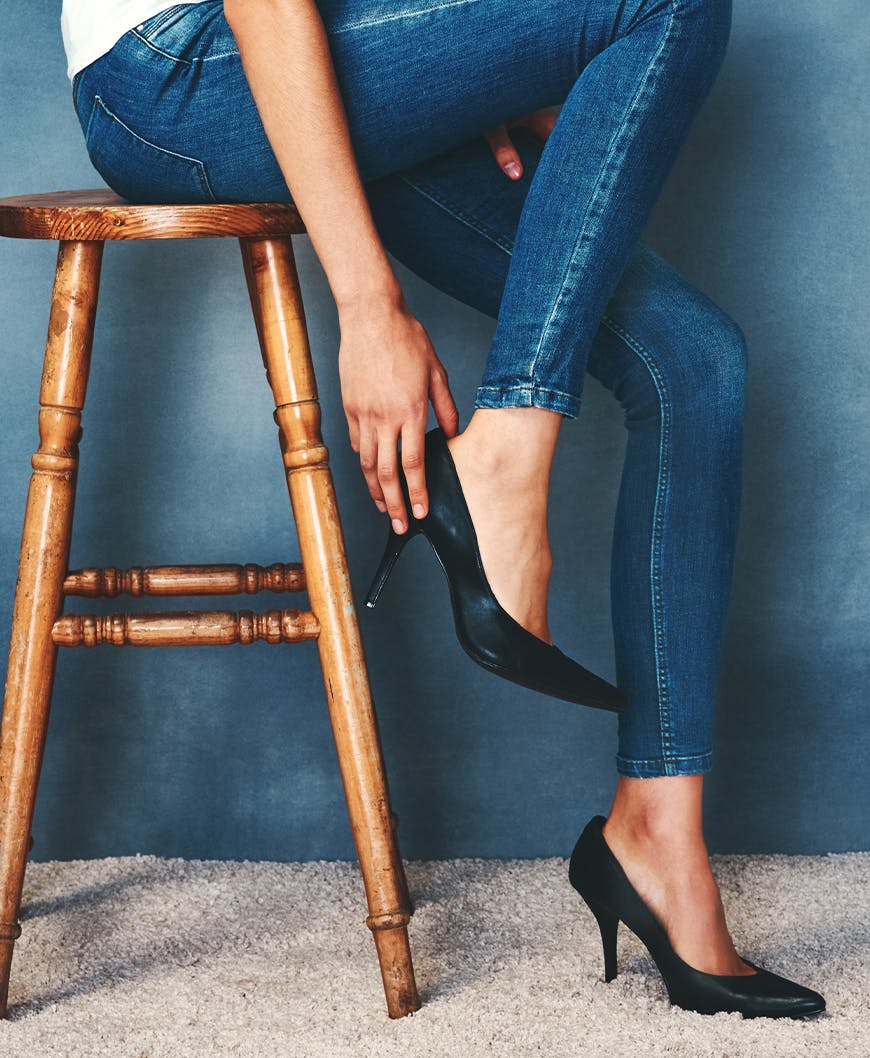Haglund’s deformity is a type of abnormality that’s characterized by a bony enlargement that’s situated around the back of the foot. This condition causes problems with the soft tissues, as well as the foot bone.
Causes of Haglund’s Deformity
There’s no apparent cause for Haglund’s deformity. There are, however, a variety of factors that can heighten the chance of someone developing this condition. If your heel bone slopes outward or your Achilles tendons are tighter than normal, you may be more likely to develop this condition. High arches can also be a factor in why an individual suffers from Haglund’s deformity. A high placement of your arches means that your heel is pushed slightly backwards while you walk, which could cause the Achilles tendon to rub against your shoe.
If you notice that your feet are shaped like any of the examples mentioned above, there are several types of shoes that you should avoid. Wearing certain shoes with these foot types can increase the likelihood that you will suffer from Haglund’s deformity. The shoes that you should avoid wearing on a regular basis include:
- Ice skates
- Stiff dress shoes
- Work boots with a steel toe
- Rain boots or winter boots that are made with a tight construction






